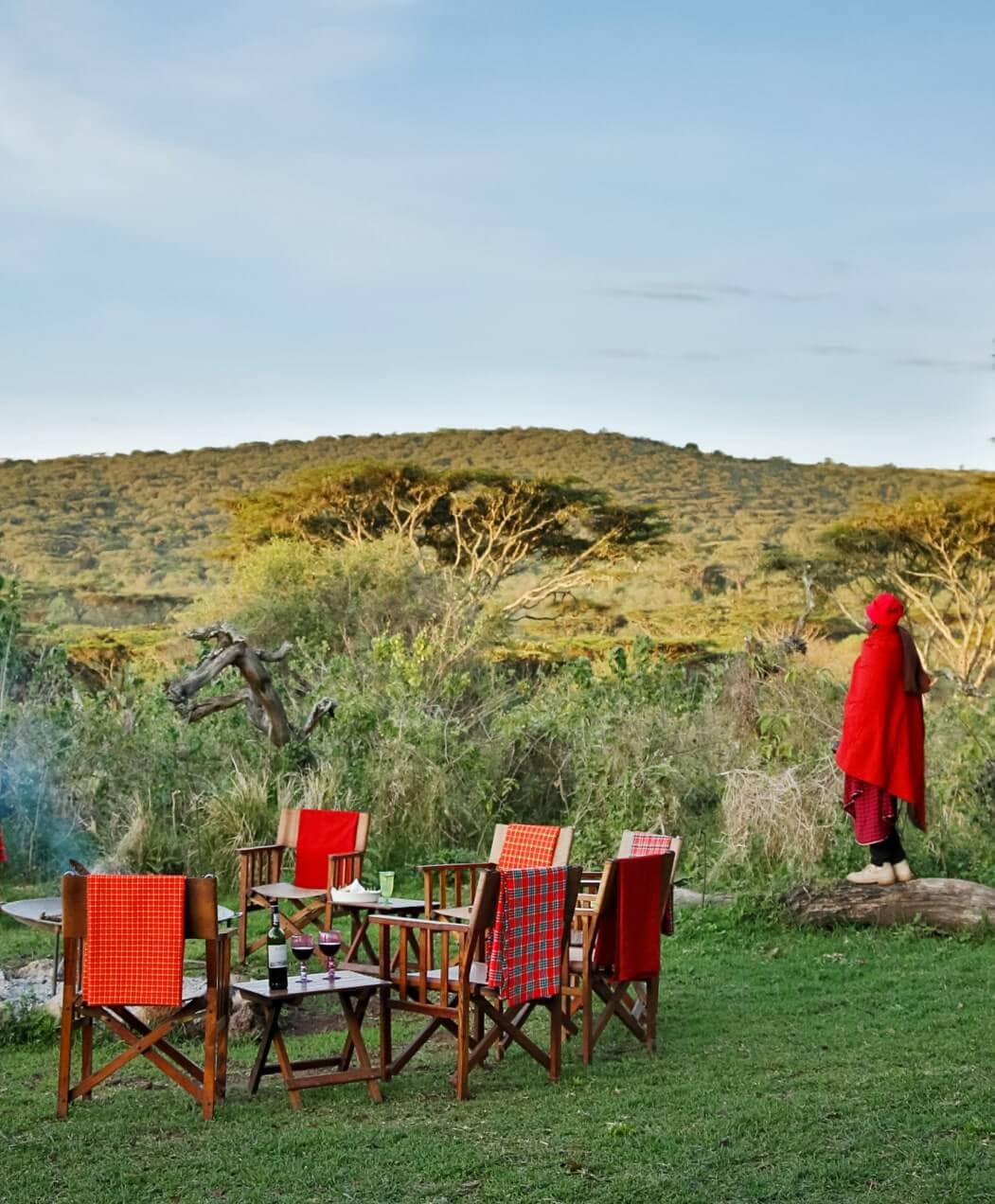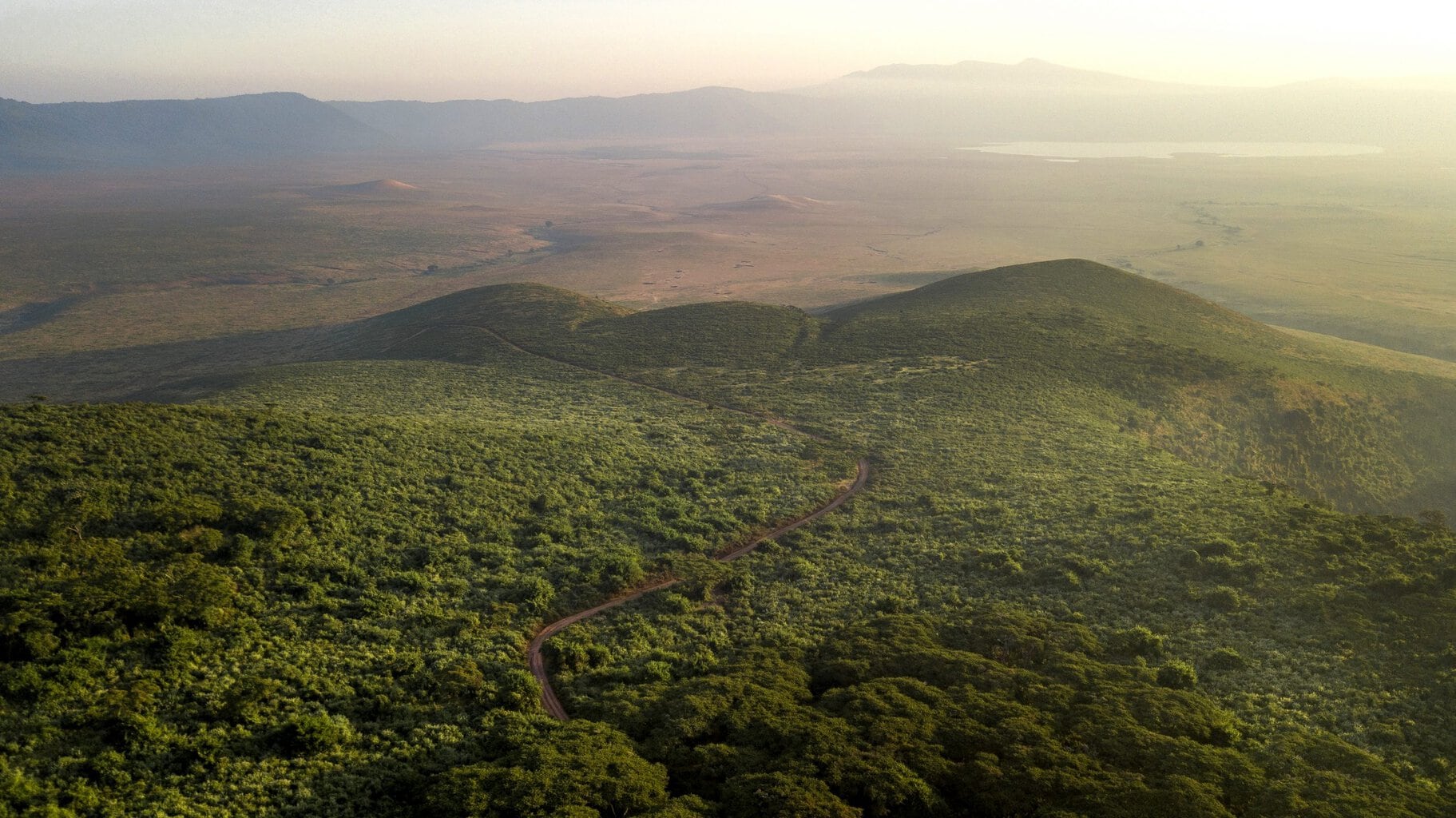
Lemala Camps
P.O.Box 14529, Arusha. Tanzania.
Lemala Camps
P.O.Box 14529, Arusha. Tanzania.

The 8292-sq-km Ngorongoro Conservation Area (NCA) is an extensive highland region along the eastern arm of the Rift Valley, with the world-renowned Ngorongoro Crater as its focal point. It shares a boundary with the Serengeti National Park to the west, but the NCA is not itself a national park in the strict sense of the word. It was established in 1959 as a multi-use area, to conserve wildlife and other natural resources and also to safeguard the interests of the Maasai pastoralists who graze their livestock throughout ‘the Crater’ as it is affectionately called. This means guests on safari have the unique experience of seeing the Maasai herding their cattle alongside the tremendous variety of wildlife found in the area.
With its vast expanses of grassy plains, savannah woodlands, highland forests and volcanic craters and calderas, Ngorongoro is unmatched for its natural diversity and there are few places on earth where such a tremendous variety of landscapes exist inside a region of this size. Apart from its wildlife riches, the NCA is also of great archaeological importance, with the remains of some of mankind’s earliest ancestors discovered in the area. In 1978 it was declared a UNESCO World Heritage Site in recognition of its outstanding natural beauty and its importance for archaeological research. A descent on to the floor of the Ngorongoro Crater, which is in fact a caldera (a collapsed volcanic cone), is the main draw for tourists coming to Tanzania. With steep protective walls, plenty of fresh water and good climate, it contains everything necessary for its abundant wildlife to thrive.
January is the beginning of the wildebeest calving season on the Ngorongoro grasslands outside the crater area, with thousands of newborns offering amazing photo opportunities. The sight of newborn calves struggling to get on their feet just minutes after being born, while predators lurk in the background, is stirring.
The spectacular calving season is in full swing, with the Ngorongoro Grasslands, outside the crater, full of wobble-legged infants staggering to their feet.
From the middle of March to May, you have long rains that fill the plains and transform it into a luscious green. This is generally low season, when budget safari-goers make the most of low costs just before the high season kicks off.
The peak of the wet season is also a wonderful time to visit due to low tourist numbers, ensuring sightings are not overcrowded. It is cold during the nights and mornings, so it’s important to pack warm clothing.
The final month of the wet season sees the plains lush and green. There are reduced prices due to it being the low season and is a good time for bird watching.
The dry season catches on in June, heralding the prime tourist season, and lasts until October. Wildlife is easier to spot since the grass is shorter. Rain is little to none and sunshine is abundant.
It’s peak season, with the Ngorongoro Crater getting very crowded. Accommodation around the crater is generally at an all-time high during this period. The reason for the popularity is the visibility of wildlife along the barren plains.
The crater gets drier, with animals easily seen as they often visit the watering holes and lakes. This is when it’s pretty normal to see the leopard, lion, rhino, buffalo, and elephant all in one day.
The peak tourist season is coming to a close but the wildlife viewing remains impressive in the dry crater. Expect quality sightings throughout the day.
It’s the final month of the dry season, which began back in June. The crowds aren’t as big, however, with Ngorongoro heating up just before the wet season.
The wet season kicks in. Despite the rains, the Ngorongoro Crater offers excellent wildlife viewing, with the scenery green and beautiful.
You’re likely to experience short rains that usher in a hot, humid environment. However at the same time, the crater rim can be much cooler, necessitating warm clothes.
Ngorongoro is famous for its crater, the largest intact caldera in the world. Once a gigantic volcano, some maintain that before it erupted, it would have been higher than Mt Kilimanjaro. Today, it has a basin surrounded by 600m-high walls and encloses one of the densest concentrations of animals on the planet.
The Ngorongoro Crater is the world’s largest intact caldera, a relic of Africa’s once-highest mountain. This unusual landscape has such high wildlife numbers that it has been referred to as ‘the Garden of Eden’ due to its dazzling beauty and being a paradise for animals.
The Ngorongoro Crater is just 3,200 square miles and because it’s a crater, there are limited places to hide. It’s possible to see all of it in one six-hour game drive. You can devote one full day to the crater, and save more days for some of the other parks which are much larger and have different animals, like giraffes and leopards.

